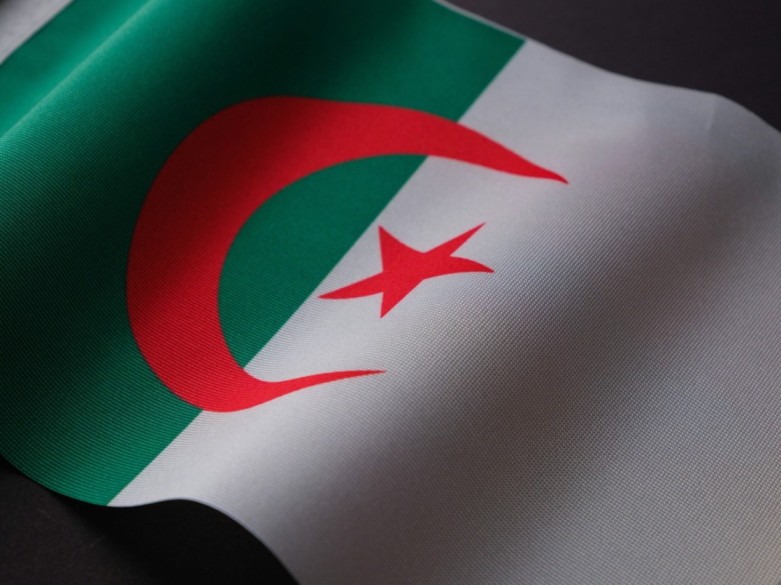Saudi Arabia’s economy to grow without oil

Jakarta (Indonesia Window) – Saudi Arabia is increasingly not “too” synonymous with oil and gas.
A survey of nearly 440 senior accountancy experts on economic conditions in the international MESA institute showed the kingdom showed a recovery in confidence in Q4. A revival in growth is likely to come mainly from the non-oil sector as the economy diversifies, Saudi Gazette reported as quoted by Indonesia Window here on Monday.
Detailed in the latest Global Economic Conditions Survey (GECS), jointly published by ACCA (the Association of Chartered Certified Accountants) and IMA (Institute of Management Accountants) the findings also point to mixed results from government, including United Arab Emirates (UAE), Qatar and Saudi Arabia, spending measures as some economies make greater efforts to boost the nonoil sectors of their economies.
Commenting on the findings, Head of Middle East ACCA Fazeela Gopalani said that a revival in growth is likely to come from the non-oil sector as the economy diversifies.
Gopalani added that reforms in the entertainment and tourism sectors are expected to boost growth in Saudi Arabia this year.
The Q4 GECS recorded a significant improvement in orders and confidence compared with Q3, suggesting a brighter outlook. Non-oil private sector growth is likely to support growth in 2020, especially with the World Expo set to take place in Dubai later in the year.
Oil
The dominant influence on confidence in the Middle East region is fluctuations in oil prices.
Both confidence and oil prices recovered in Q4 and there was also a lessening of geopolitical risk in the region.
Oil prices are expected to be in the US$60 to US$70 per barrel range this year.
A positive development for those countries with a fixed exchange rate with the US dollar (Saudi Arabia, United Arab Emirates (UAE), Oman, Bahrain and Qatar) is the reduction in interest rates by the US Federal Reserve.
The US cuts in the second half of last year totalled ¾ percentage point and were immediately followed by reductions of similar size in these countries
In Q4, most of the components of the regional index are slightly below their long-run average. This is consistent with growth in the region of around 1.5 percent to 2 percent in 2019.
Last year GDP growth in Saudi Arabia slowed to less than ½ percent, dragged lower by falling oil production and lower average oil prices.
As the largest oil exporter Saudi Arabia is at the forefront of OPEC efforts to stabilize prices by controlling output. Saudi oil output is likely to be cut again this year as these efforts continue.
There is limited official data available so far on UAE economic activity in 2019. But survey data points to annual GDP growth of between 1.5 percent and 2 percent last year.
The GECS orders index averaged -20 over the four quarters of 2019, little changed compared with 2018 (-19), when UAE growth is officially recorded at 1.7 percent.
But the UAE’s oil production, which fell 7 percent last year, will decline again slightly in 2020 according to the OPEC+ agreement reached last December.
Based on the most recent GECS orders index values, which were above recent averages, the outlook is for GDP growth this year of around 2 percent, boosted by non-oil activity.
Speaking of the global picture chief economist at ACCA Michael Taylor said many risks to the global economy in 2020 are the same as in 2019, including trade tensions between the US and China, which were a major cause of slowing global growth.
Recent developments in this area have been positive, but risks of a re-escalation with renewed tariff increases remain.
Fazeela Gopalani noted that lower interest rates in the region should stimulate private sector credit growth and help to boost the non-oil private sector economy.
The real estate sector, increasingly important in many economies in the region, will benefit especially from lower borrowing costs.
Encouragingly, the region’s GECS index that measures problems accessing finance is close to a three-year low in Q4.
Reporting by Indonesia Window

.jpg)








